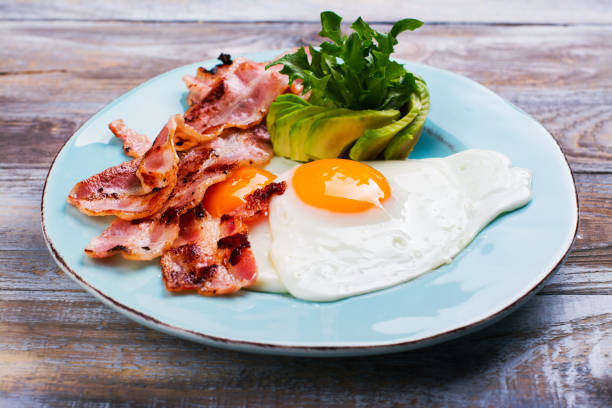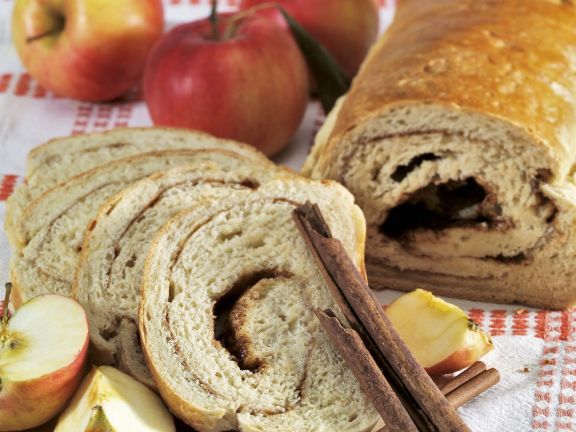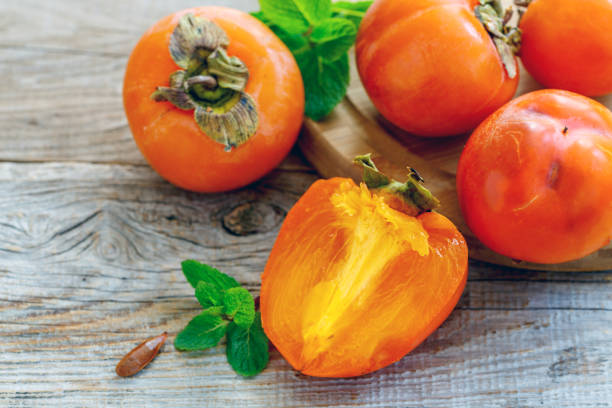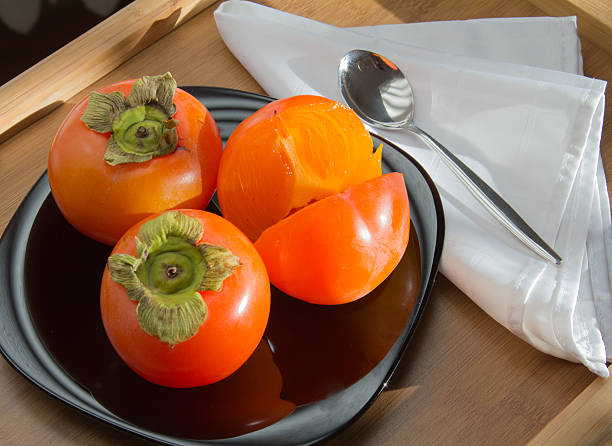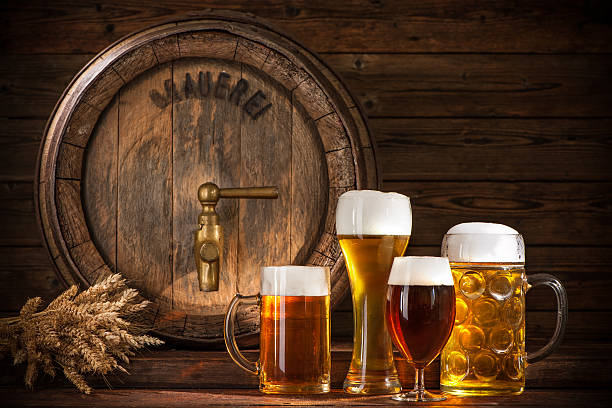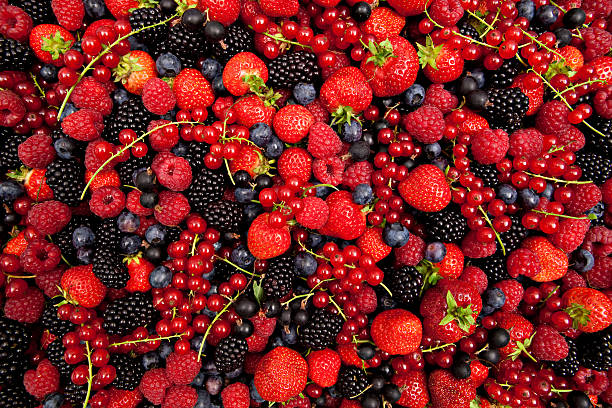Order scampi, pay for scampi, but get fobbed off with significantly cheaper shrimp – this is the reality (probably not only) in Hamburg’s restaurants. Testers from the NDR program “Markt” came to this sobering conclusion.
The test eaters on the “Markt” show ordered scampi from three Italian restaurants in Hamburg, as well as from two branches of the upscale chains Vapiano and Gosch. The result: Although the noble crustaceans were expressly requested in all cases, the significantly cheaper shrimp ended up on the plate in all five cases.
The lab test

How could the testers be so sure? They sent a DNA analysis of each dish to an independent lab. The scientists found:
- King prawns (scientific name Penaeus monodon) were served at the three Italian restaurants
- Vapiano and Gosch passed off shrimp of the genus Litopenaeus vannamei (also known as white tiger shrimp) as scampi
Cheating is forbidden
In Germany, only two animal species may be sold as scampi: Metanephrops spp. and Nephrops norvegicus, also known as “Kaisergranat” in Germany.
The uncovered cheating should not be an isolated case. The Hamburg competition center announced that it wanted to take action against this practice based on the research by the NDR magazine. “If scampi are promised, scampi must also be on the plate,” quotes NDR Peter Brammer from the Hamburg competition center. According to Brammer, the Gosch restaurant is now threatened with a warning.
That’s what the restaurant owners say
While the Gosch company has remained silent, Vapiano has already reacted to the reporter’s research: They have changed the name scampi to gamberetti on all menus.
What is the difference between scampi and shrimp?
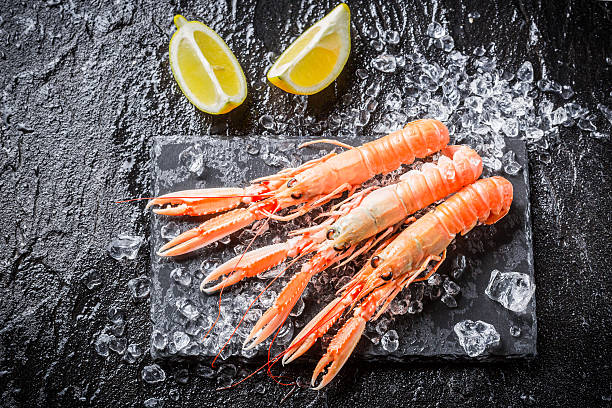
Scampi look like the lobster’s dainty little sister with their powerful claws and broad tail.
The shrimp is a different animal species, and the differences are also clear visually: shrimp only have antennae, no claws, and a much narrower tail.

